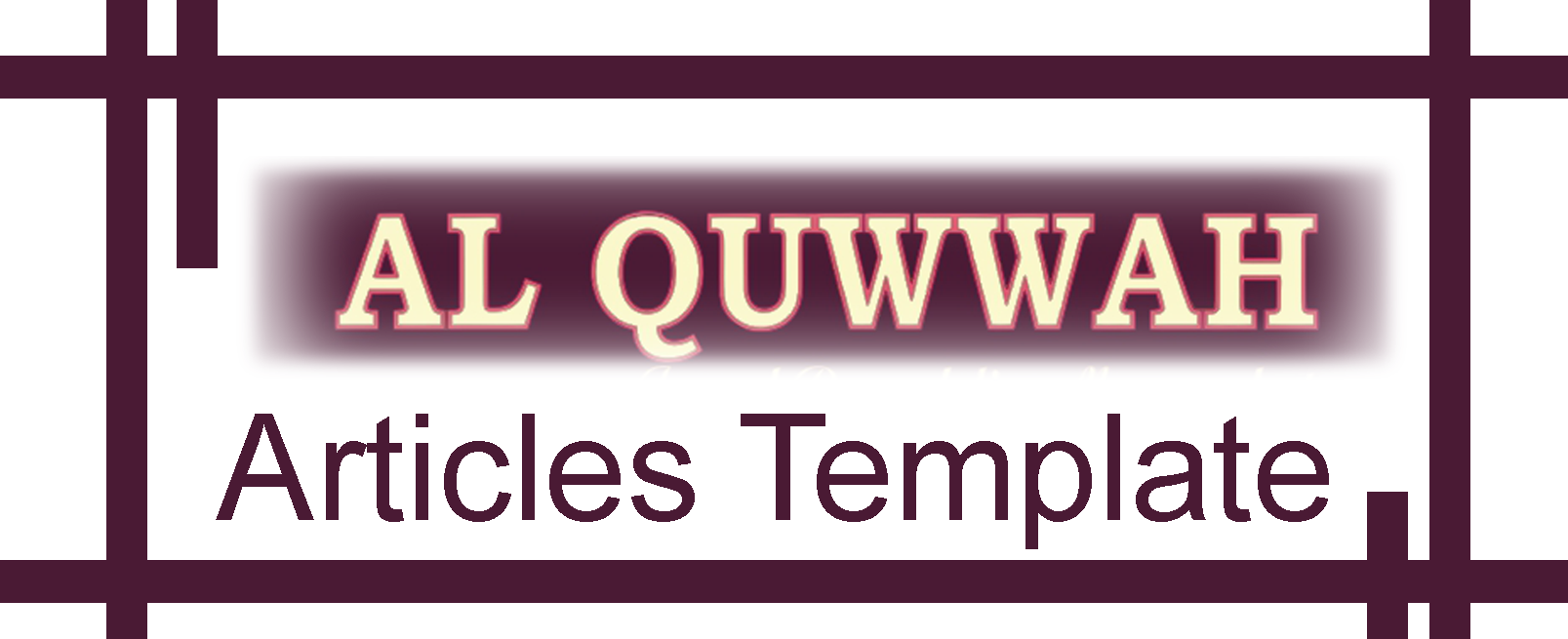Membangun Harmoni di Desa Lilangan Melalui Kegiatan Gebyar Muharram
Abstract
Muharram Festival activities are held to increase community unity and harmony in facing plural social conditions which have the potential to become conflict in the future, by uniting people in one place using the concept of social integration. Social integration is intended as a process of adjustment to understand each other, accept situations, views and actions in a harmonious social life order so that conflict does not occur. Among the expected goals is that for the community, celebrating it can be a good moment to unite the community to become more harmonious. For the children who take part in the competition, this activity is a motivation and encouragement for the children to learn Islamic values. Religiously, this activity is a medium for da'wah in broadcasting the Islamic New Year to be more meaningful.
Downloads
Copyright (c) 2025 Atikah Dewi Utami

This work is licensed under a Creative Commons Attribution 4.0 International License.
- All articles published in Al Quwwah are licensed under a Creative Commons Attribution-ShareAlike 4.0 International (CC BY-SA) license. This means anyone is free to copy, transform, or redistribute articles for any lawful purpose in any medium, provided they give appropriate attribution to the original author(s) and Al Quwwah, link to the license, indicate if changes were made, and redistribute any derivative work under the same license.
- Copyright on articles is retained by the respective author(s), without restrictions. A non-exclusive license is granted to Al Quwwah to publish the article and identify itself as its original publisher, along with the commercial right to include the article in a hardcopy issue for sale to libraries and individuals.
- Although the conditions of the Creative Commons Attribution-ShareAlike 4.0 International (CC BY-SA) license do not apply to authors (as the copyright holder of your article, you have no restrictions on your rights), by submitting to Al Quwwah, authors recognize the rights of readers and must grant any third party the right to use their articles to the extent provided by the license.
 This work is licensed under a Creative Commons Attribution-ShareAlike 4.0 International License.
This work is licensed under a Creative Commons Attribution-ShareAlike 4.0 International License.




.png)
.png)


